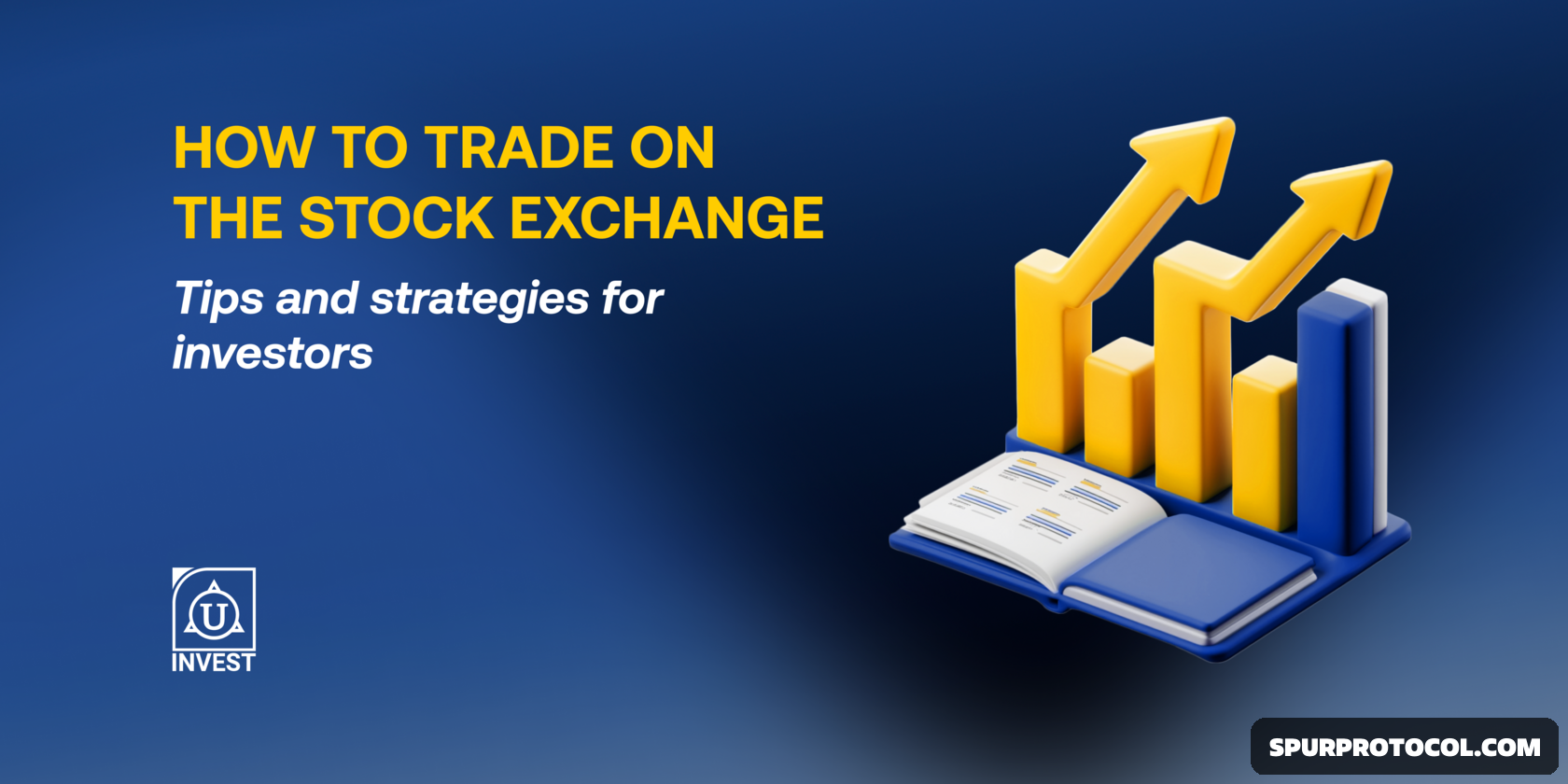How To Trade On Exchange
What to know about how to trade on Exchange
Go Back
🕒 8:11 AM
📅 Feb 23, 2025
✍️ By Wasberry
What to know about how to trade on Exchange
Go Back
🕒 8:11 AM
📅 Feb 23, 2025
✍️ By Wasberry
How To Trade on Exchange
Trading on an exchange involves buying and selling assets, such as cryptocurrencies, stocks, or commodities, through a platform that facilitates transactions between buyers and sellers. Here's a step-by-step guide to trading on an exchange:
Preparation
1.Choose an exchange: Select a reputable exchange that supports the asset you want to trade.
2.Create an account: Sign up for an account on the exchange, providing required information and verifying your identity.
3.Deposit funds: Deposit the asset you want to trade or the exchange's base currency (e.g., USDT) into your exchange wallet.
4.Set up security: Enable two-factor authentication (2FA) and other security measures to protect your account.
Placing Trades
1.Navigate to the trading page: Find the trading page for the asset you want to trade.
2.Choose your trade type: Select the type of trade you want to place, such as a market order, limit order, or stop-loss order.
3.Set your trade parameters: Enter the amount you want to trade, the price (if applicable), and any other required parameters.
4.Confirm your trade: Review your trade details and confirm the transaction.
5.Monitor your trade: Keep track of your trade's performance and adjust your strategy as needed.
Trading Strategies
1.Market order: Buy or sell an asset at the current market price.
2.Limit order: Buy or sell an asset at a specific price or better.
3.Stop-loss order: Automatically sell an asset when it falls below a set price to limit losses.
4.Take-profit order: Automatically sell an asset when it reaches a set price to lock in profits.
Risk Management
1.Set realistic goals: Define your trading goals and risk tolerance.
2.Use stop-loss orders: Limit potential losses by setting stop-loss orders.
3.Diversify your portfolio: Spread your investments across different assets to minimize risk.
4.Stay informed: Continuously educate yourself on market trends and trading strategies.
Additional Tips
1.Start small: Begin with a small amount to gain experience and build confidence.
2.Be patient: Trading is a long-term game; avoid impulsive decisions based on short-term market fluctuations.
3.Stay disciplined: Stick to your trading plan and avoid emotional decisions.
4.Keep learning: Continuously improve your trading skills and knowledge.
Remember, trading on an exchange involves risks, and there are no guarantees of profits. Always prioritize risk management and education to optimize your trading experience.